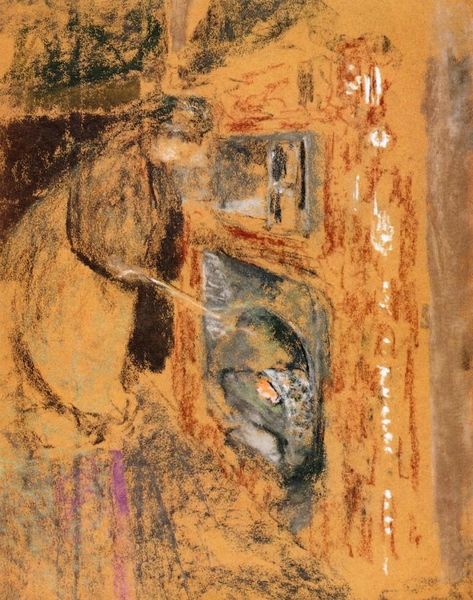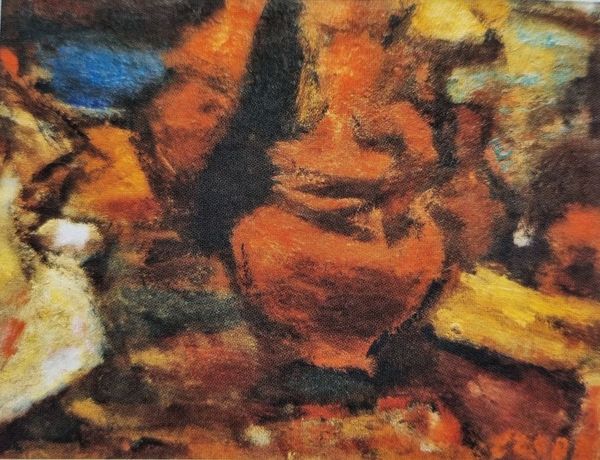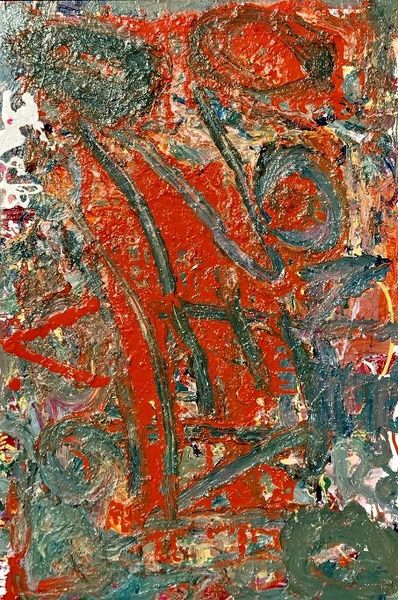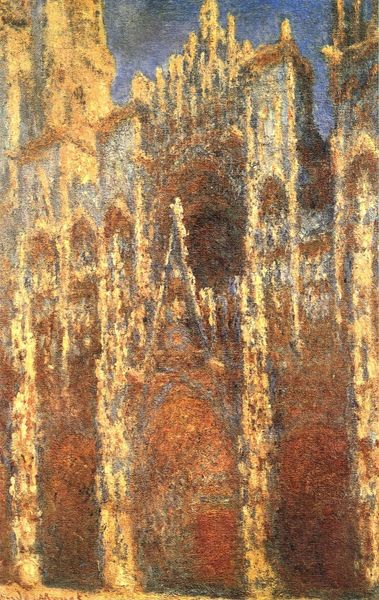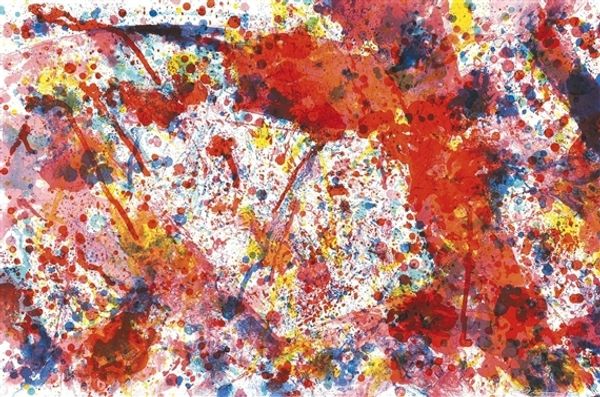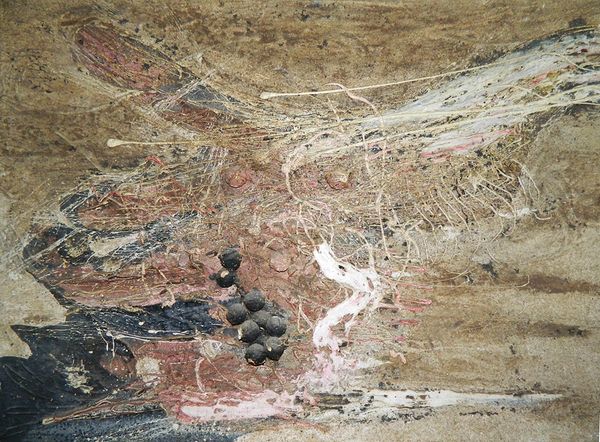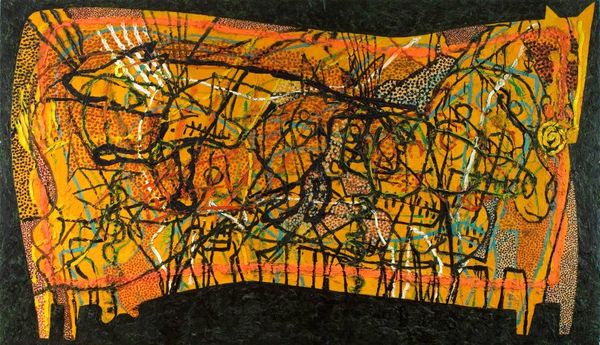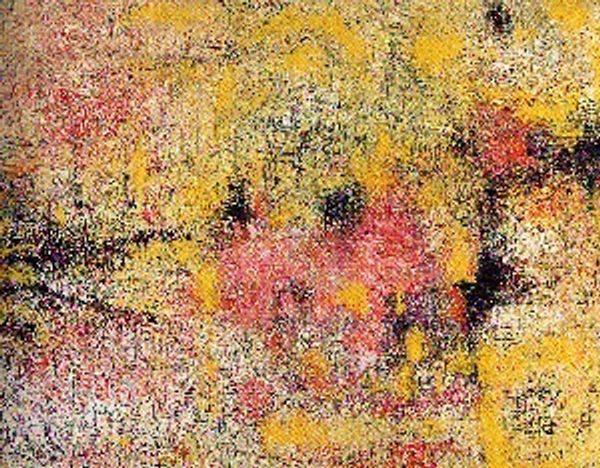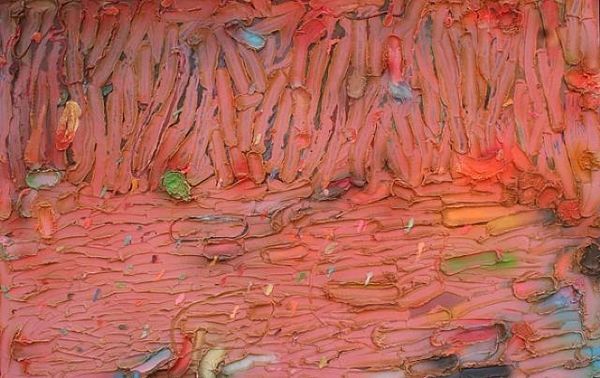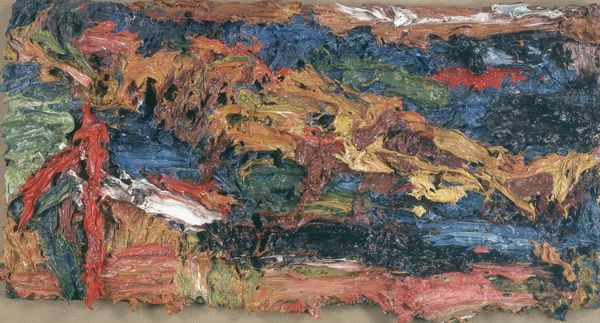
painting, oil-paint
#
painting
#
oil-paint
#
landscape
#
figuration
#
post-impressionism
#
modernism
Copyright: Rufino Tamayo,Fair Use
Editor: So here we have Rufino Tamayo's "Mujeres en reposo," made with oil paint, though its date is currently unknown. What I immediately notice is the muted, almost earth-toned palette. The figures seem integrated into the landscape. It makes me wonder about the intended connection between women and the natural world in this painting. What’s your perspective on that, and what other societal factors might be informing Tamayo's portrayal here? Curator: It's astute to notice how Tamayo blurs the boundaries between figure and landscape. In the context of Mexican modernism, and the post-revolutionary period especially, artists were tasked with creating a new visual language. Consider Diego Rivera's emphasis on labor and indigenous identity within a socialist framework, versus Tamayo, who often takes a more psychological approach to these themes. How does this quiet scene of repose differ from those earlier, more assertive depictions of Mexican identity? Editor: I see your point about the divergence from overtly political works. I suppose, in that sense, choosing a universal theme like rest allows for broader cultural connections beyond just the immediate revolutionary moment. Yet, by presenting this quiet intimacy, isn't he still commenting on women's roles or perhaps offering a counter-narrative to their frequent depiction as symbols of national strength? Curator: Exactly! The "resting women" resist a purely nationalistic reading. We must consider not just *what* is shown, but *how* it's presented. What social messages are transmitted by this apparent idyll of domesticity, or alternatively by setting female figures in landscapes that feel less national and more universal. How are societal power dynamics embedded even within seemingly simple depictions of relaxation? Editor: I hadn't really considered the role of ‘rest’ as a deliberate statement. That changes the way I view it! Thanks, this makes me rethink my first assumptions about it only being a pleasant landscape. Curator: That’s the value of examining art in its broader historical and social contexts. We see that even quiet scenes can resonate with deeper socio-political meaning.
Comments
No comments
Be the first to comment and join the conversation on the ultimate creative platform.
